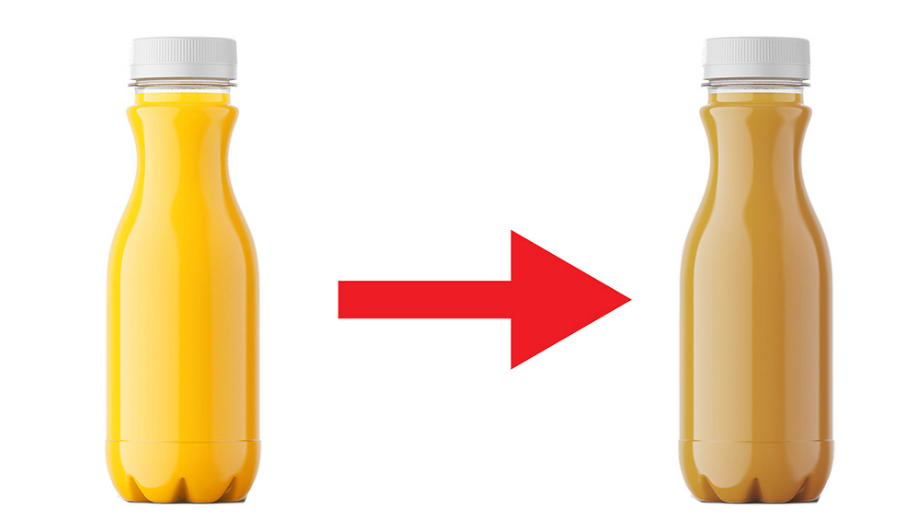Sterilizing lab equipment and maintaining sterile filling equipment are critical processes in various industries, including healthcare, pharmaceuticals, food production, and research. Ensuring that equipment is free from harmful microorganisms is essential to prevent contamination, maintain product integrity, and protect the health and safety of consumers and workers. In this article, we will delve into the importance of sterilization, best practices for sterilizing lab equipment and sterile filling equipment, and the various methods used to achieve a sterile environment.
Importance of Sterilizing Lab Equipment and Sterile Filling Equipment
Sterilization is the process of eliminating all viable microorganisms, including bacteria, viruses, fungi, and spores, from a surface or material. In laboratory settings and sterile filling operations, ensuring equipment is free from contaminants is crucial for several reasons:
- Product Quality and Safety: In industries like pharmaceuticals and food production, contaminated equipment can lead to compromised product quality and safety. A single contaminated batch of a medication or consumable can have severe consequences for patients and consumers.
- Research Validity: In research laboratories, accurate results rely on sterile conditions. Contamination can lead to skewed data, inaccurate conclusions, and a waste of time and resources.
- Regulatory Compliance: Many industries, especially pharmaceuticals and healthcare, are subject to stringent regulatory standards. Compliance with these regulations often requires regular sterilization of lab equipment and sterile filling apparatus.
Best Practices for Sterilizing Lab Equipment
To ensure effective sterilization and maintain a sterile environment, adhere to these best practices:
- Pre-Cleaning: Thoroughly clean lab equipment before sterilization. This step removes debris and organic matter, making the sterilization process more effective.
- Autoclaving: Autoclaves are widely used for sterilizing lab equipment. These machines use steam and pressure to achieve high-temperature sterilization. Follow the manufacturer’s guidelines for loading, temperature, and duration to ensure optimal results.
- Chemical Sterilization: Chemical agents like hydrogen peroxide, ethylene oxide, and chlorine dioxide can be used for certain heat-sensitive equipment. Carefully follow the instructions for use, as some chemicals may require ventilation or aeration post-sterilization.
- Radiation Sterilization: For items that cannot withstand heat or chemicals, gamma radiation or electron beam sterilization can be employed. These methods effectively kill microorganisms without damaging sensitive equipment.
Methods for Sterile Filling Equipment
Sterile filling equipment is essential in industries where products must remain free from contaminants during packaging and filling processes. Here are common methods to achieve sterile filling:
- Isolators and Restricted Access Barrier Systems (RABS): Isolators and RABS are physical barriers that separate the product from the operator and environment during filling. They provide a controlled environment and prevent external contamination.
- Blow-Fill-Seal (BFS) Technology: BFS technology is commonly used in pharmaceutical industries to produce sterile liquid-filled containers. This process involves forming, filling, and sealing containers in a continuous, aseptic manner.
- Laminar Flow Hoods: Laminar flow hoods provide a unidirectional flow of filtered air to maintain a sterile environment around the filling area. They are commonly used for smaller-scale sterile filling operations.
The bottom Line
Sterilizing lab equipment and maintaining sterile filling equipment are critical steps in ensuring product quality, safety, and regulatory compliance. By adhering to best practices and utilising appropriate sterilization methods, industries can prevent contamination, protect consumers, and maintain the validity of research data. Whether in pharmaceuticals, healthcare, food production, or research, a commitment to maintaining a sterile environment is vital for successful and safe operations.


















